EVALUATION OF A METAGENOMIC NEXT-GENERATION SEQUENCING ASSAY WITH A NOVEL HOST DEPLETION METHOD FOR PATHOGEN IDENTIFICATION IN SEPTIC PATIENTS
- Yen-Chia Chen, MD, PhD 1,2,3
- Po-Hsiang Liao, MD 1,2
- Yen-Wen Chen, MD 2,4,5
- Chia-Ming Chang, MD 1,2
- Maurice Chan 6
- Deng Fong Chao 6
- Yizhen Lin 6
- Jiahao Chang 6
- Hau Hung 6
- Mengchu Wu 6
- David Hung Tsang Yen, MD, PhD 1,2,3
- Emergency Department, Taipei Veterans General Hospital, Taipei 11217, Taiwan
- School of Medicine, National Yang Ming Chiao Tung University, Taipei 11221, Taiwan
- Department of Emergency Medicine, School of Medicine, National Defence Medical Center, Taipei 11490, Taiwan;
- Department of Chest Medicine, Taipei Veterans General Hospital, Taipei, Taiwan
- Institute of Clinical Medicine, National Yang Ming Chiao Tung University, Taipei, Taiwan
- Micronbrane Medical, Taoyuan, Taiwan Corresponding authors: David Hung-Tsang Yen, MD, PhD
- Tranche Repository
Diagnosis of sepsis has always been based on microbial culture, future analysis will be by Metagenomics NGS with host depletion
The qSOFA score is a bedside prompt that may identify individuals who may have a more poor outcome. Usually for diagnosis of sepsis, the qSOFA score is ≥ 2.
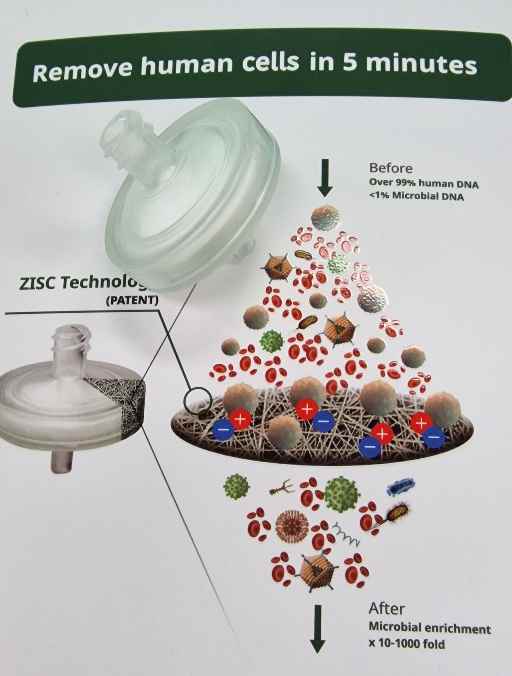
How does PaRTI-Seq work? It utilizes ZwitterIonic Self-Assembly Coating (ZISC) membrane technology. ZISC Membrane Treatment is the sample is then subjected to treatment with ZISC membranes. These membranes are designed to selectively capture and remove host nucleated cells, while allowing the non-host nucleic acids to pass through.
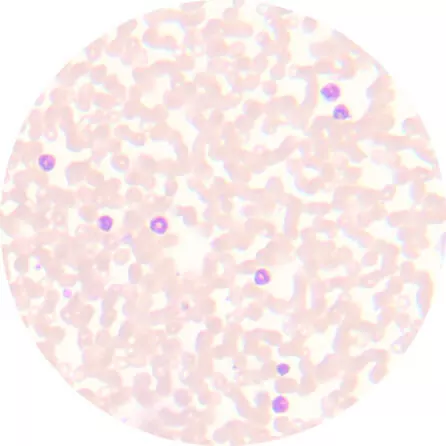
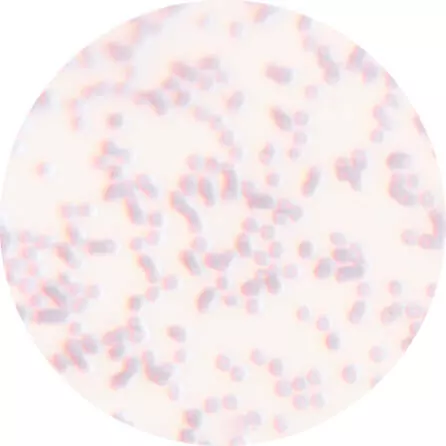
Blood Smear before filtering Depleting > 99% leukocytes
Before Devin™️ After Devin™️
Compare PaRTI-Seq with microbial detection sensitivity with unbiased human host DNA and RNA depletion by CRISPR
- PaRTI-Seq is faster, less difficult, and more suitable for NGS than CRISPR deletion
Where does
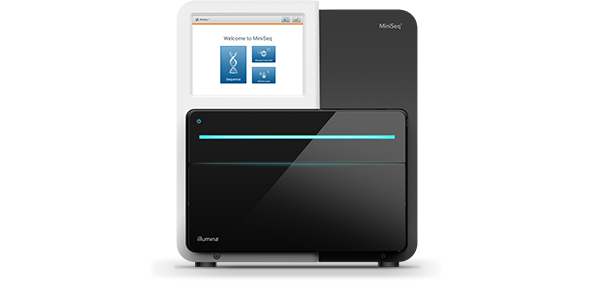 MiniSeq | 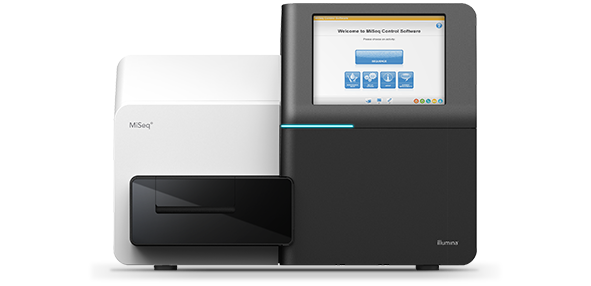 MiSeq Series | 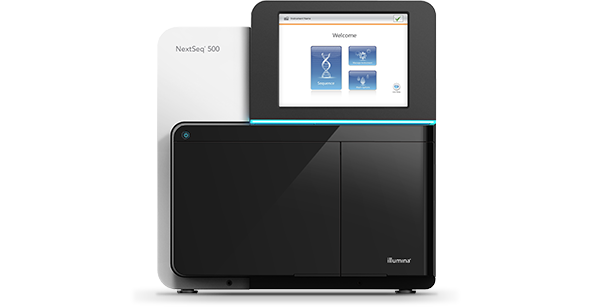 NextSeq 550 Series |
|---|